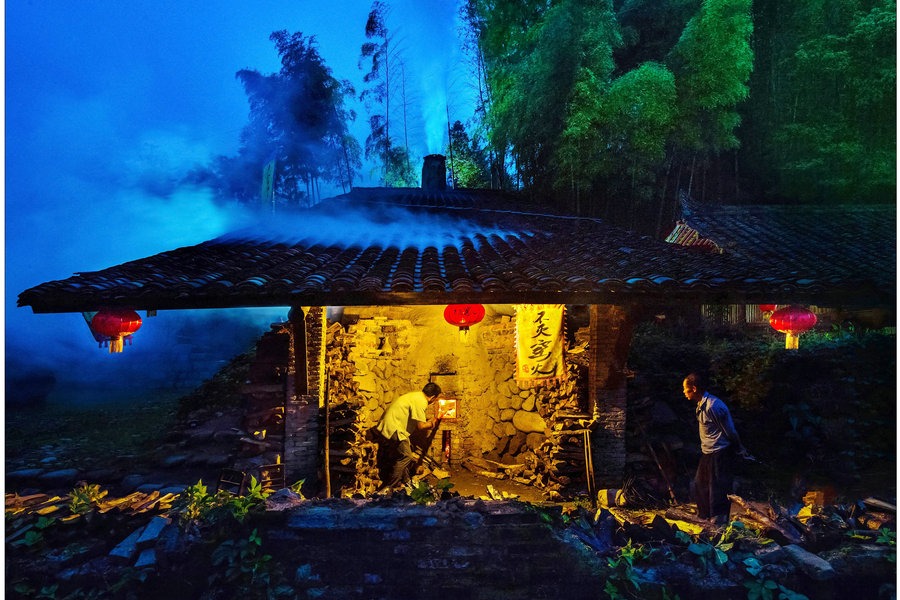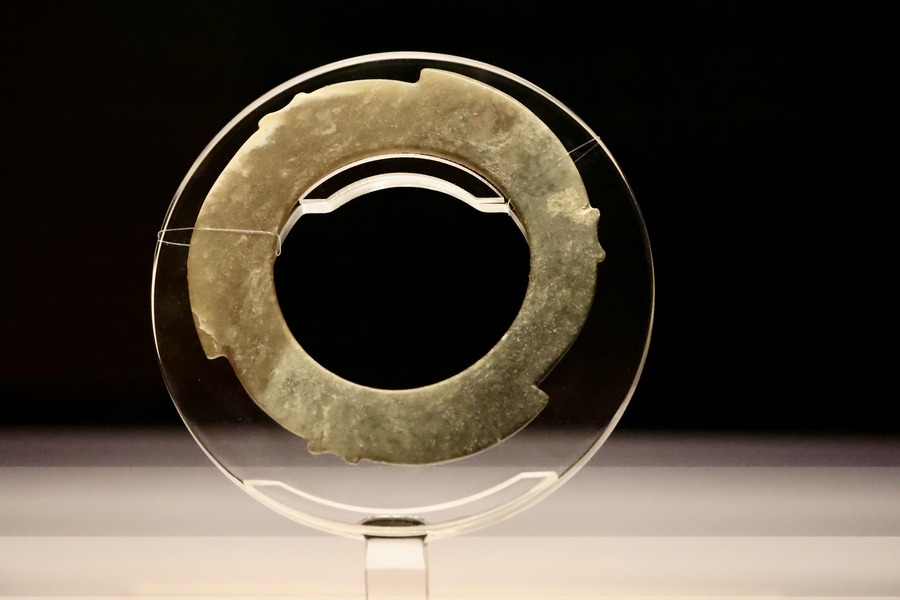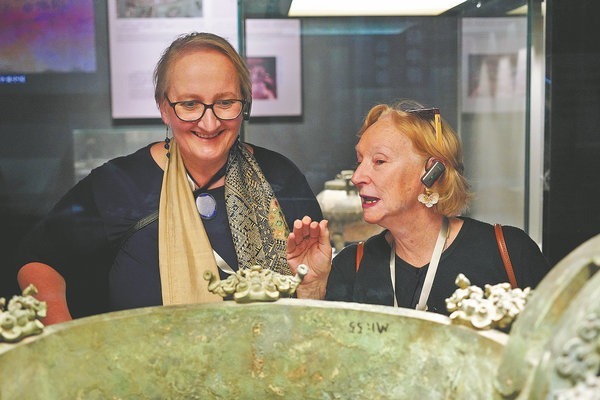New hub will give national ballet a stage for excellence


Construction of the new complex for the National Ballet of China was launched on Sept 8.
Covering an area of about 50,000 square meters, it is located near Dahongmen in Fengtai district, along the Beijing Central Axis.
Though the completion date has not been announced, it is set to become a hub for ballet lovers and will make contributions to international communication among ballet companies from around the world, says Feng Ying, the artistic director of the National Ballet of China.
"It is a significant moment for the company with the construction of the new venue now underway," says Feng.
"With a history of over 60 years, the company has experienced exponential growth, becoming a leading ballet company with an international reputation. The new venue will be a new beginning and a new chapter for the company."
The new complex will provide sufficient training space for ballet dancers and rehearsal space for the symphony orchestra of the company, as well as venues for rehearsal, stage design and storage for stage equipment.
The location of the company's new complex, which is also part of the capital's effort to develop its central axis, especially in terms of cultural offerings, will become a new landmark in Beijing.
The Beijing Central Axis refers to a 7.8-kilometer-long north-south line running through the center of the historical neighborhood of Beijing, which generally follows a symmetrical structure.
Formed gradually from the Yuan Dynasty (1271-1368), when Beijing became the capital of the country, the central axis has many key historical sites along its route, such as the Forbidden City, the Temple of Heaven, Zhengyang Gate (Qianmen) and the Bell and Drum towers. It is hoped that the central axis will achieve UNESCO World Heritage status at the World Heritage Committee in 2024.
As for the National Ballet of China, it carries the legacy of the country's first ballet troupe.




































